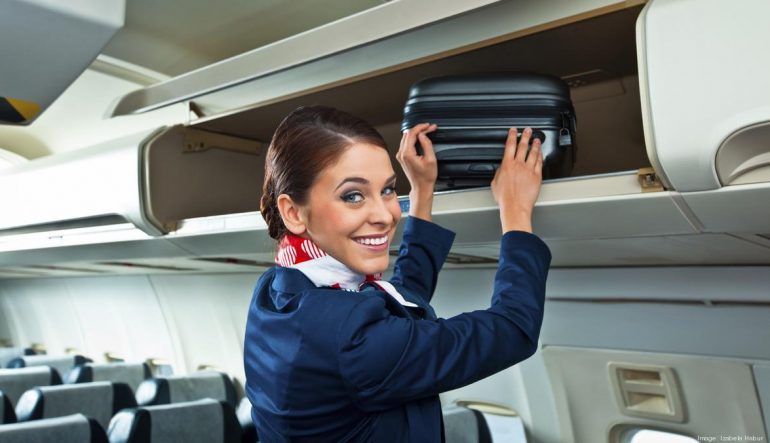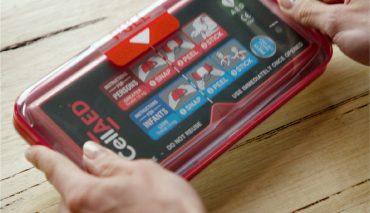How many lives can we save?
We’re frequently asked to predict what the cardiac arrest survival rate will be once CellAED is in our homes.
The topic of conversation is the high death count associated with out-of-hospital cardiac arrest. Here in Australia, officially, the out-of-hospital cardiac arrest survival rate is around 10 per cent – although according to the paramedics we speak to, that number is possibly closer to 3 per cent. Globally, the survival rate is estimated to be as low as less than one per cent.
Then there’s the incidence rate. Cardiovascular diseases are the world’s leading cause of death, killing close to 18 million people a year. It is estimated 40-50 per cent of those cases result in sudden cardiac death,
If those numbers are correct, that translates to between 7 million and 9 million sudden cardiac deaths every year.
Erol Teber and I started this business to do something about those numbers. More than five years and a lot of miles down the road, and we’re about to release CellAED, a next-generation automated external defibrillator designed to address the many barriers to improving the cardiac arrest survival rate.
Hence the question. In many ways, it’s a reframing of the question: how many lives can we save?
The answer lies in Las Vegas.
Security guards and flight attendants
In the late 1990s, security guards in a group of casinos were trained in the use of AEDs.
Those guards achieved a 74 per cent survival rate for people they defibrillated within three minutes of cardiac arrest. Of those who were defibrillated after more than three minutes, 49 per cent survived.
Around the same time, American Airlines trained all 24,000 of its flight attendants in AED use, and supplied AEDs on all flights.
Over the next two years, these attendants achieved a 40 percent cardiac arrest rate of survival to discharge from hospital.
This number is staggering when you consider just how far most of these patients were from a hospital at the time of their cardiac arrest. It’s easy to imagine that most were at best, hours away from clinical care.
When I first heard these two examples, I asked myself the obvious question.
When it came to saving lives from cardiac arrest, why were security guards and flight attendants so much more successful than some of the world’s most sophisticated health systems?
Recipe for saving lives
These examples have three things in common.
One, AEDs were readily available, and placed in locations where sudden cardiac arrests were likely to happen.
Two, a lot of people within those environments relative to population size had been trained in AED use.
And three, those people had been taught to recognise sudden cardiac arrest, and trained in the skills required to respond quickly and effectively.
Of course, something else these examples have in common is that they occurred in closed, close environments.
The passenger cabin of even the largest aircraft is packed tight. Someone is highly likely to notice if a fellow passenger starts exhibiting symptoms of cardiac arrest, and a flight attendant is never far away.
The same is true of a casino floor, where the ratio of security guards to patrons is always going to be pretty close.
In these environments, people can act quickly, with AEDs close to hand. Can these results be replicated across say, a city?
Training is the key
The international poster child city for out-of-hospital cardiac survival rates is Seattle in the US.
While the rest of the world is struggling to achieve survival rates in double figures, Seattle’s survival rate is 62 per cent.
This is a city of nearly 800,000 people, spread across more than 142 square miles. How has this population achieved an overall survival rate that trumps those achieved by the airline and casino AED programs?
That number was achieved over 25 years of a concerted, collective effort to train as many residents of that city as possible in sudden cardiac arrest awareness, CPR skills and AED application.
This was not a government-led program. Many different private, not-for-profit and volunteer-led organisations contributed to this achievement.
Meanwhile, back at the ranch
While our goal at Rapid Response Revival is to improve out-of-hospital survival rates, our focus has been on delivering technology. Hardware and software, designed to save lives.
The example set by Seattle however, is that it’s the hand that holds the AED that’s saving the life. The true value lies in the awareness, and training.
By that reasoning, even an AED that is never used plays a role in saving lives.
How? By raising consciousness of the huge problems represented by sudden cardiac arrest, and encouraging more people to become CPR aware, and response-ready.
How many lives can we save?
Back to the initial question. How many can we save?
It’s not just about a device. It’s what that device can help to achieve in terms of education, and encouraging more people to take a personal responsibility for being part of the solution.
Making AEDs affordable for households is key to achieving this. By making AEDs more accessible, we are also sending the message that saving lives isn’t just for professionals. Any of us can, and should, be making ourselves ready.
In that way, we’ll establish more Seattles. Over time, we can help others save millions.
Donovan Casey is CEO and co-founder of Rapid Response Revival. This article first appeared on his LinkedIn page.
DISCLAIMER: CellAED is currently only approved for use in the member states of the EU (European Union). If you would like to be kept informed on when regulatory approval has been secured for your location, register your interest here.



